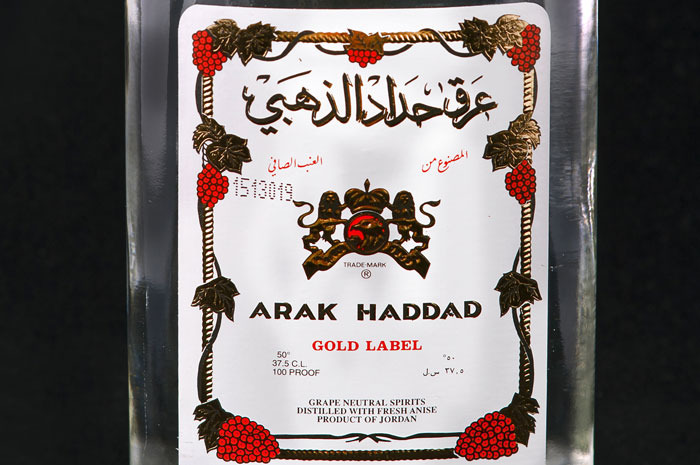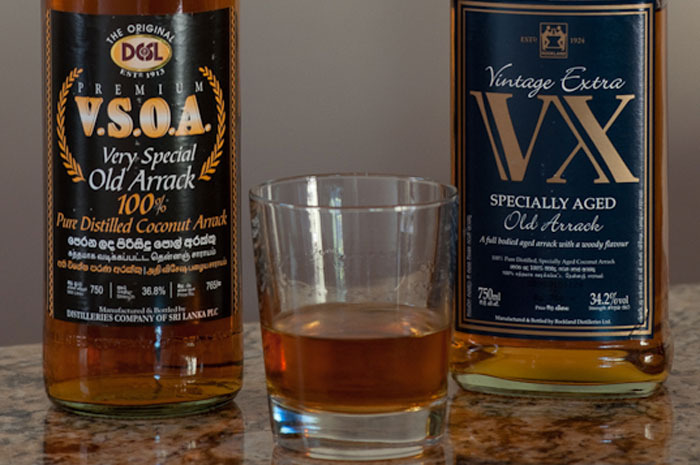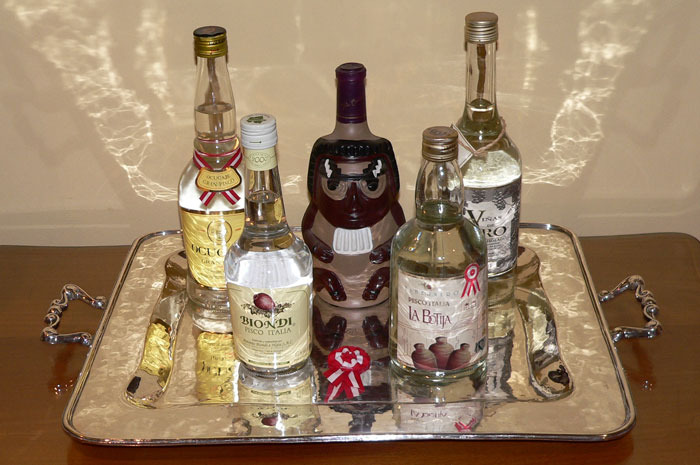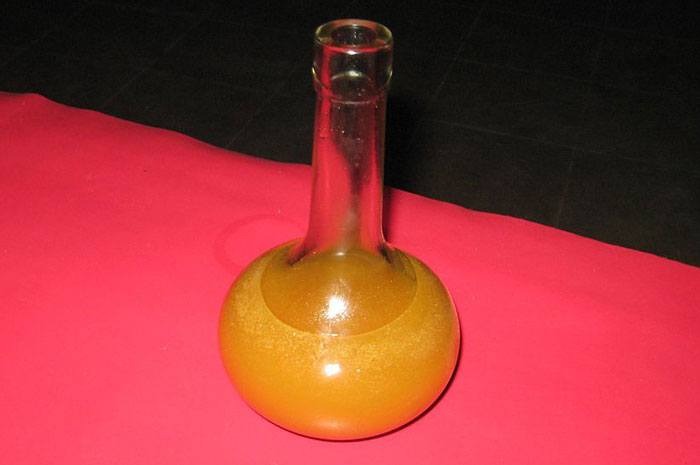Beyond Vodka, Gin, And Whisky: What Other Countries Drink
People all over the world drink vodka, gin, scotch or bourbon, and other popular varieties of liquor — but in many countries, there are also native "wines" and spirits that are comparable in popularity. One of the best things about globalization is that we now have access to most of these drinks in the United States, but nothing compares to drinking them with the locals. Here are 9 "wines" and spirits that other countries enjoy at their versions of the corner bar.
Arak (Lebanon)
Arak is a traditional aniseed-flavored alcoholic beverage you'll find in many Middle Eastern countries. Distilled from grapes, it is unsweetened and colorless, but when water is added, arak adopts a cloudy white hue as a result of emulsification (essential oils of anise are soluble in alcohol, but not water). There are over 20 commercial producers of arak in Lebanon alone. It is similar to the Greek ouzo, the Turkish rakı, and the French pastis, which are also flavored with anise.
Arrack (Sri Lanka, etc.)
While arrack sounds exactly like the Middle Eastern arak, and is even spelled "arak" in Indonesia, it is a very different spirit, with no anise flavoring; it is sometimes compared to rum. Arrack is enjoyed in India Sri Lanka, the Philippines, and Indonesia. In Sri Lanka, it is made from the fermented sap of coconut flowers, while other countries use fermented grain, sugarcane, or fruit. Colors can vary, but it is usually brown.
Brennivín (Iceland)
Brennivín is often considered to be the national spirit of Iceland. It is made from fermented grain or potato and flavored with caraway, and it is typically consumed as a shot. It is often compared to vodka, but is more like the akavit or aquavit of Iceland's Scandinavian neighbors. Brennivín literally means "burnt wine" — as does the Dutch word brandewijn, which gives us the English word brandy.
Cachaça (Brazil)
Due to the popularity of the caipirinha, a Brazilian cocktail made with cachaça, sugar, and lime, it is not unusual to find a bottle of cachaça behind the bar in U.S. establishments these days. Distilled from sugarcane juice, it has been drunk in Brazil since 1532, when distillation was introduced there by Portuguese settlers. There are literally hundreds of versions of cachaça, legal and illegal, and Brazilians are said to consume more than 400 million gallons of the spirit annually.
Chacha (Georgia)
Typically made from grape pomace (the residue left after making wine), chacha, a clear brandy, can also be made from figs, tangerines, mulberries, and other fruits. It is comparable to moonshine because it used to be commonly made at home, but professional distilleries also produce this well-loved spirit. In the Georgian resort town of Batumi, there is a "chacha fountain" that yields chacha instead of water for 10 minutes every evening, though some travel bloggers have not met with success when they tried to drink the spirit from the fountain.
Palm Wine (Nigeria, etc.)
Palm wine can be found throughout Asia and Africa under a variety of different names, but it is essentially the fermented sap of a palm tree, a white, mildly alcoholic liquid that can then be distilled to create a stronger alcoholic drink. Igbo ceremonies in Nigeria, from weddings to funerals, typically serve generous quantities of palm wine. In parts of India, palm wine is called toddy or tadi, which may be the origin of the Western cocktail name hot toddy.
Pisco (Peru and Chile)
A clear grape brandy with a yellowish tinge, pisco is a widely popular spirit in Peru and Chile. While Peruvian pisco is not diluted after being distilled, Chilean pisco is. There are different classifications of this spirit in Peru, according to the grapes used and the distillation process; "pure pisco" must be made using a single grape variety, for instance, while "aromatic pisco" is made exclusively from fragrant muscat grapes. The ubiquitous pisco sour cocktail consists of pisco, citrus juice, simple syrup, egg whites, and Angostura bitters.
Snake Wine (China, etc.)
Snake wine is rice wine or grain alcohol infused with a whole snake. Poisonous snakes are preferred, as their venom — which is rendered non-poisonous by the alcohol — is believed to have medicinal properties. It is also drunk in other parts of East Asia, such as Vietnam, where it is believed to help virility.
Tej (Ethiopia and Eritrea)
Tej is served in a container that resembles a potion bottle, and its golden hue almost makes it look magical. It is a mead or honey wine flavored with the powdered leaves and twigs of the buckthorn plant. Tej houses, found throughout Ethiopia and Eritrea, are traditional venues that serve tej and other spirits.









